
- Hello! I'm Hell and here we are with another review, this time it is a more interesting and amazing one!
The Asobo Studio's aviation simulator is a photorealistic, ambitious, relaxing and surprising game, but not without flaws.
- Microsoft Flight Simulator is amazing.
We warned him again in the preview after spending several hours on him. And we emphasize it again in this analysis. It has been months since we saw what the aeronautical simulator from Asobo Studio was capable of doing, the French studio that had just made a very different game (A Plague Tale: Innocence). And yet, every time we face the keyboard and mouse to play the title that was published this August 18 exclusively for PC (later it will arrive on Xbox consoles), the first feeling that invades us is disbelief. But why?
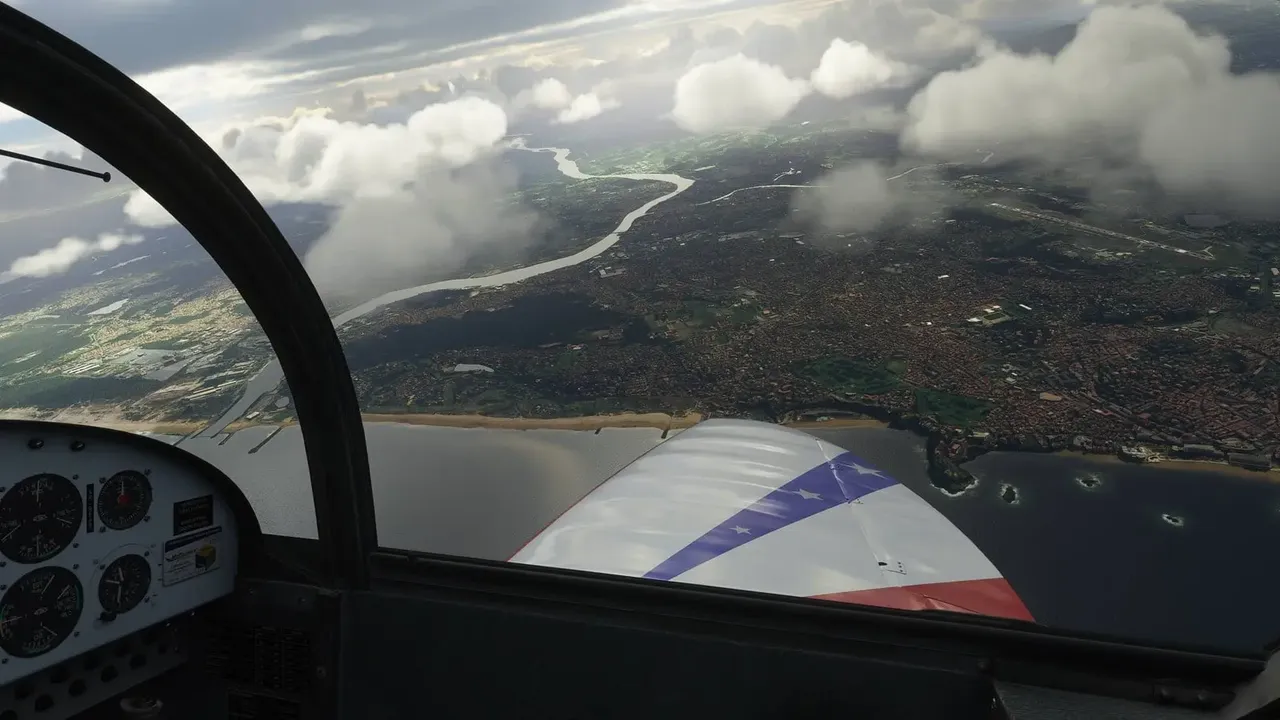
- An amazing game setting: our world.
Actually, the work done by the aforementioned studio and the Xbox Game Studios team that had ties to the original titles - the first installment in this series was released in 1982, as loading screens remind us over and over again - is nothing. kind of magic, even though it may seem like it. It's just a smart use of the technologies that surround us: open data on the web, satellites, maps, weather information and the cloud, all supported by how the graphical recreation capabilities of CPUs and GPUs have improved in recent years. years.
Despite being aware of the fabric with which the product has been made, the feeling that the stitching has been made with magic threads does not go out of our head. At the end of the day, we are talking about a game that allows us to fly over any place on the planet: Tokyo and Madrid, the Alps and the Subbetic Mountain Range, Everest and Teide, the beautiful Icelandic town of Húsavík and your town. Everyone is here, with surprising detail in the main cities and natural environments of the planet; and with a more modest, but still laudable recreation of the most remote places - as long as we are connected to the internet, otherwise it will seem that we are flying over screenshots of Google Maps.
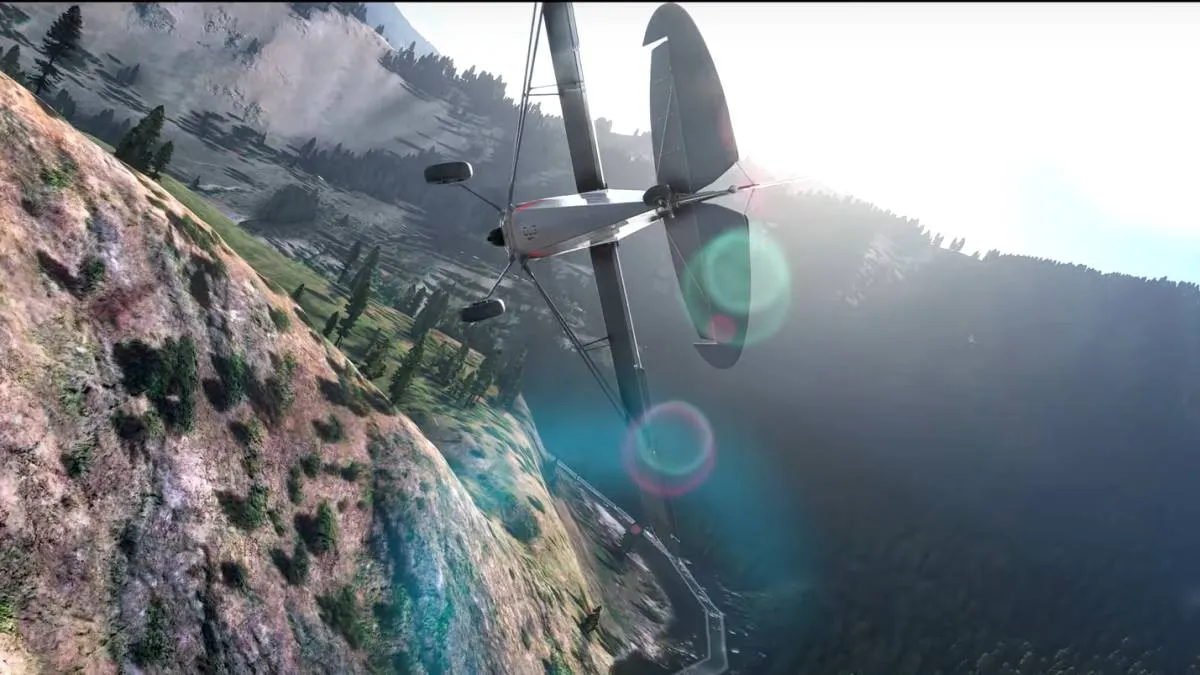
All of this wouldn't be of much use if it didn't hold up playably. Of course, there will be many players who will arrive here because of the virality of photorealism and many others who will do so because the basic version of the game is on Xbox Game Pass for PC. But this is a simulator, a title aimed at a niche market made up of a dedicated and enthusiastic community of gamers who have hundreds, if not thousands, of flying hours behind them.
And that experience of feeling like a pilot, that is, of being aware that you are making a multi-ton machine soar 20,000 feet above the sky, while taking in spectacular views, and knowing that any failure in the systems of the device can cause disaster, it is impeccably rendered.
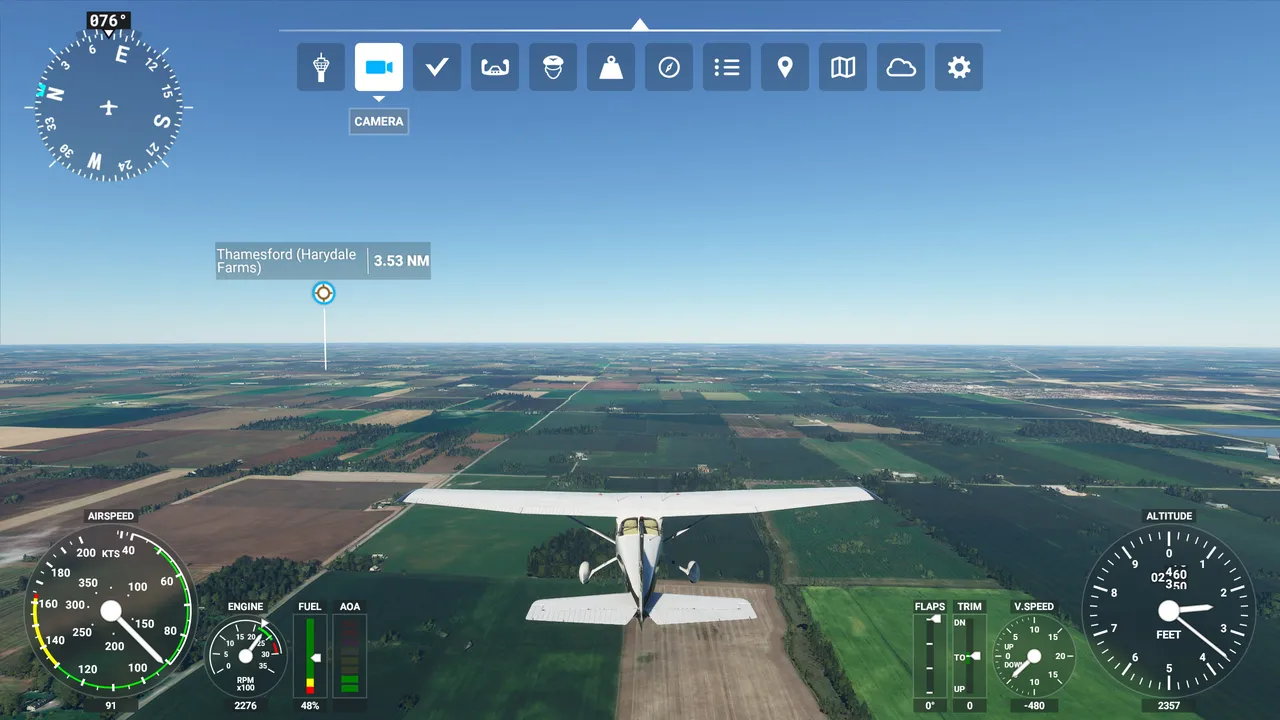
The whole world is under our feet in this simulator. The main cities of the world are recreated with photogrammetry, looking more detailed, but all the towns on the planet can be seen.
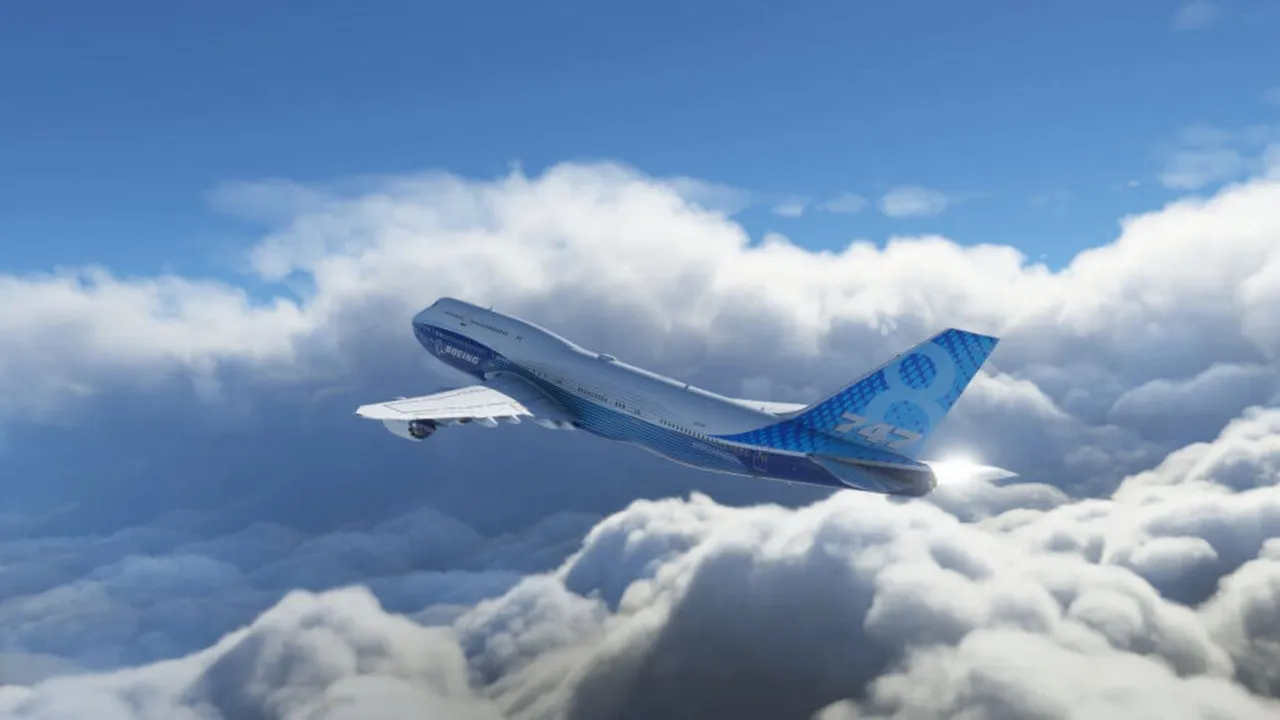
- The pilot diploma at your fingertips.
We are not going to deceive you. The first time we saw the inside of the cockpit of an airplane, we put our hands to our heads. Indicators, levers, monitors, buttons and switches of different types, faithfully recreated with respect to real devices, and incomprehensible to someone without experience in piloting. Luckily, it is not necessary to do so, as the game takes into account that there will be many that will arrive again. There are many accessibility and support options, all of which fall into three difficulty modes (which here represent the number of things to watch for): Full, Moderate, and Realistic.
The former makes piloting an airplane feel like a complex version of piloting a car without assistance in Forza Motorsport, constantly reminding us of the basic controls whether we play with keyboard and mouse, supported by a controller or with sticks, pedals and levers. The latter will ask us from the time we check the different fuel tanks to notify the airport control that we are going to land. The passage from one to another is not a matter of one afternoon, nor two; but rather weeks of learning the ins and outs of aviation, trying to disable one assist to see if we can get by without it, and then to disable another.
With more or less help, we have felt like the game wants us to feel. Amazed by everything that surrounds aviation: by its moments of tranquility, by situations of absolute nervousness, by the landscapes that we see from the windows and from free cameras, and above all, for showing us the wonders of the world from another perspective that surrounds us that, consciously or unconsciously, Microsoft Flight Simulator reminds us to preserve.
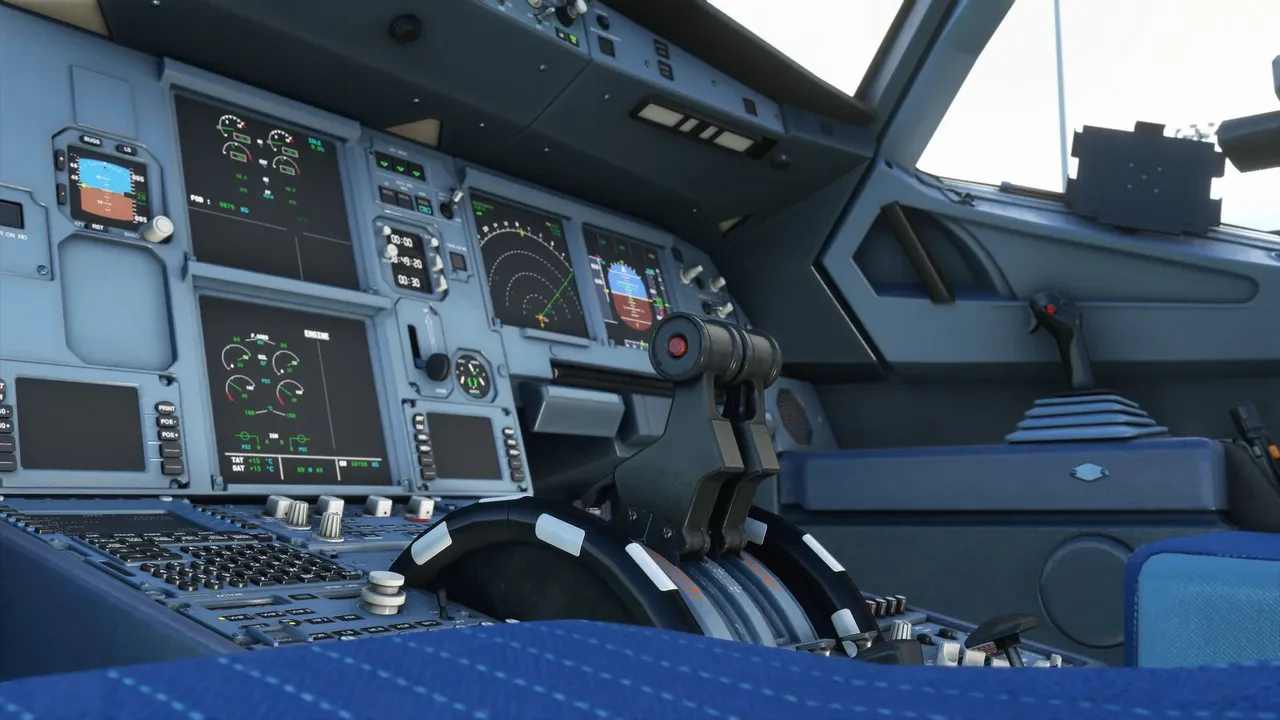
The recreation of the aircraft cabin is spectacular in each one of them. Most of these devices are interactive, and we will have to learn to use them if we deactivate all the assistance options.
But after all those initial sensations, as the hours go by, we also begin to marvel at the recreation of those devices that seem futuristic when in fact they constantly cross our skies. Each of the planes (20 in the standard edition, 25 in the Deluxe and 30 in the Premium Deluxe) behaves differently. Knowing, mastering and appreciating them separately is almost as arduous a learning process as phasing out assists. Their differences make them more appropriate for one task or another, but what will make us want to try them all will be to feel them: how they look inside, how they are handled, even how they sound - on the flight there is no music, but relaxing, and sometimes disturbing noise from the engine and aeronautical digital systems, interrupted at times by the voice of the radio
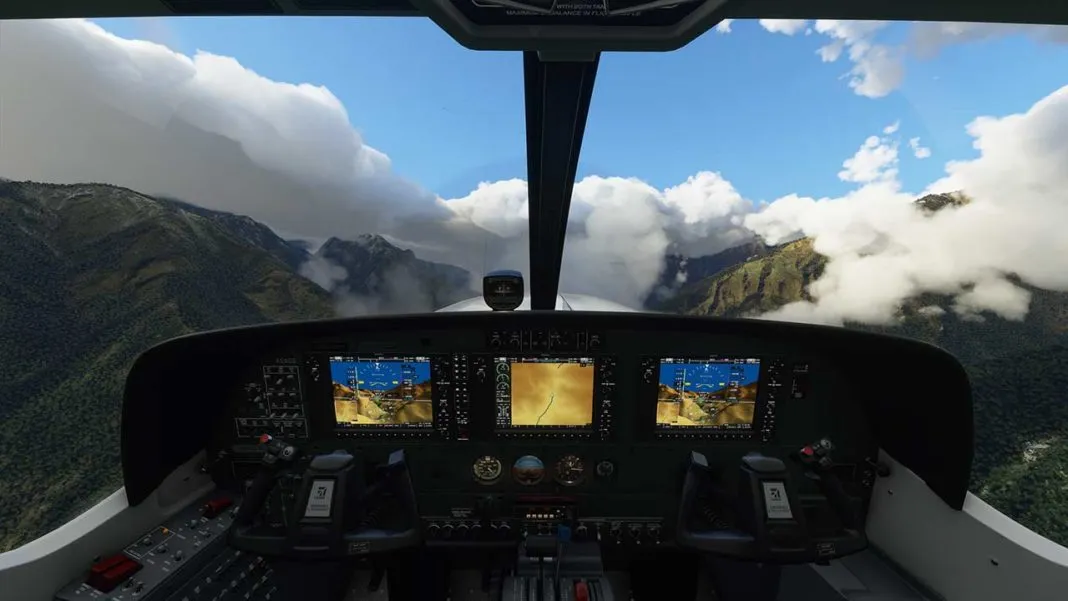
- Crash landing
Although it almost always feels like a formidable work, that does not mean that there are many buts to put on it, more present and evident the more hours you play. At the beginning, the tutorial, a flight class in which a teacher gives us different lessons, gives the feeling of being complete for its objectives. It is soon seen that it is too scarce. It teaches us to fly alone with a Cessna 152 plane, something very different from what it is to drive a Boeing 747; and it leaves aside how the communication system with airports, fuel management and many other aspects works. But in the end, much of the learning is done by fiddling with the systems and going to online tutorials. In the same way that the tutorial lacks content, the landing challenges are numerous and varied; Unlike another mode, which invites us to make flights with different stops through dream environments, and which only has three different routes at the time of writing.
You can also put problems with your artificial intelligence, because on several occasions the flight attendant has driven us crazy and has ended up damaging the plane's systems and ruining a flight that we had been with for a long time. And it seems incredible that they have not thought that many people will enter the game out of curiosity to see the recreation of their town from an airplane: there is no way to search the world map for towns, cities or natural environments, only airports - although they do they can add points by eye to the journey on the globe.
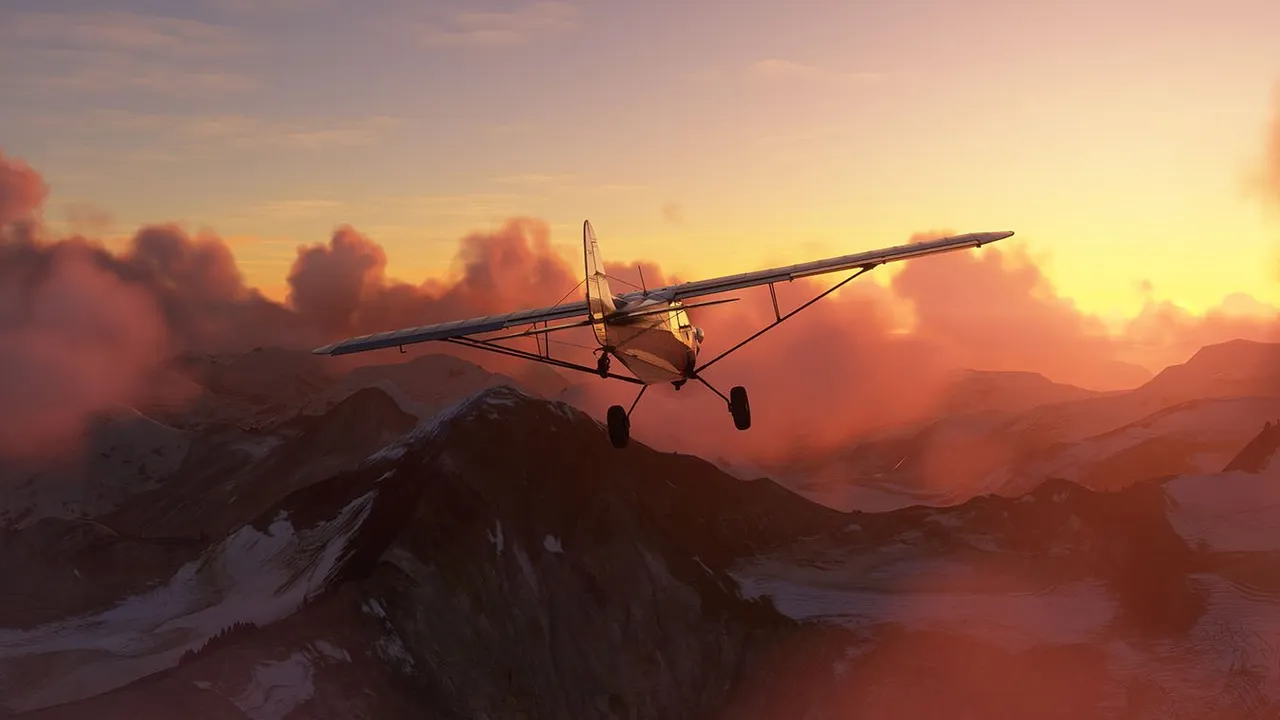
The tutorial allows us to know the basics of aviation, how to read the indicators. Although they are analog in some aircraft and digital in others, and sometimes have different shapes, it is easy to do so.
Beyond those details, insights that can be drawn if one gets picky, there are two aspects that are really problematic. On the one hand, there is the monetization system, common in simulators, but no less objectionable: in addition to that there are versions of the game with more airplanes and that vehicles will be sold, sold by third-party developers or by Asobo Studios through the In-game store, this also happens with hand-created airports. For example, the Barajas one is not in the standard edition, but in one of the most expensive. What would happen if in a Forza there were circuits with more or less detail depending on how much was paid for the game?
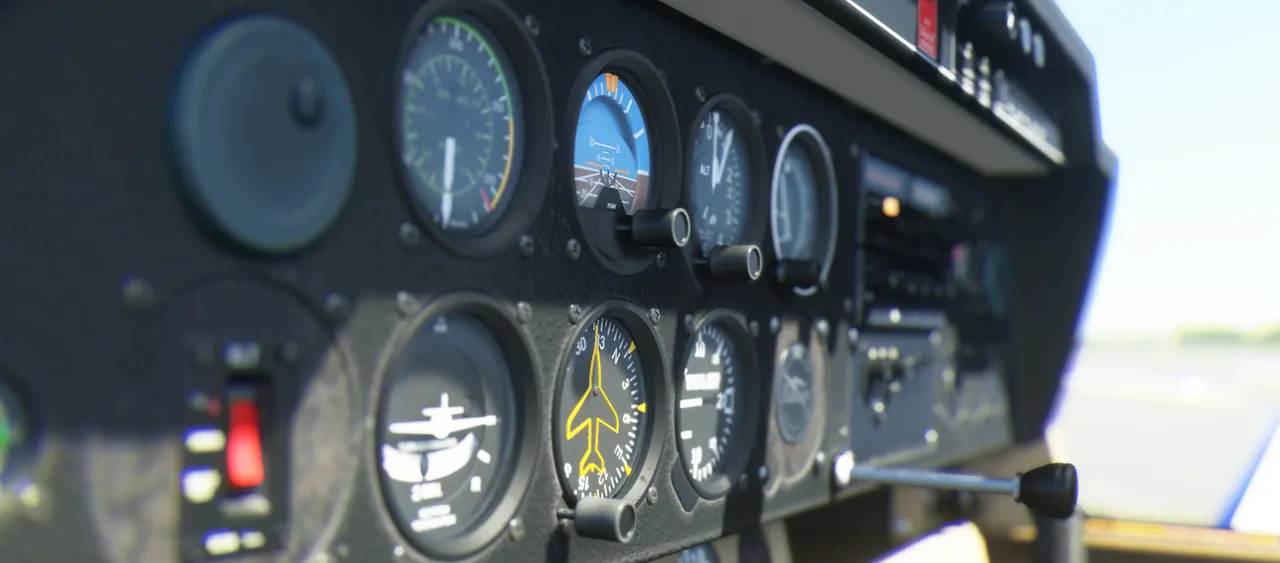
On the other hand, there is the performance. Microsoft Flight Simulator is undoubtedly the most next-gen game (with permission from Half-Life: Alyx and The Last of Us: Part II) we've seen to date. But that does not justify loading times that can have us waiting up to five minutes when starting a free ride (somewhat less in the predetermined activities), nor does it justify noticeable slowdowns every time we approach a dense city, regardless of whether we are playing on a mid-range computer or one with the latest generation components. It is, as was Crysis in its day, a game that at the moment is not capable of running at a stable 60 frames per second or on the graphics card that Asobo Studios consider "optimal": an RTX 2080.
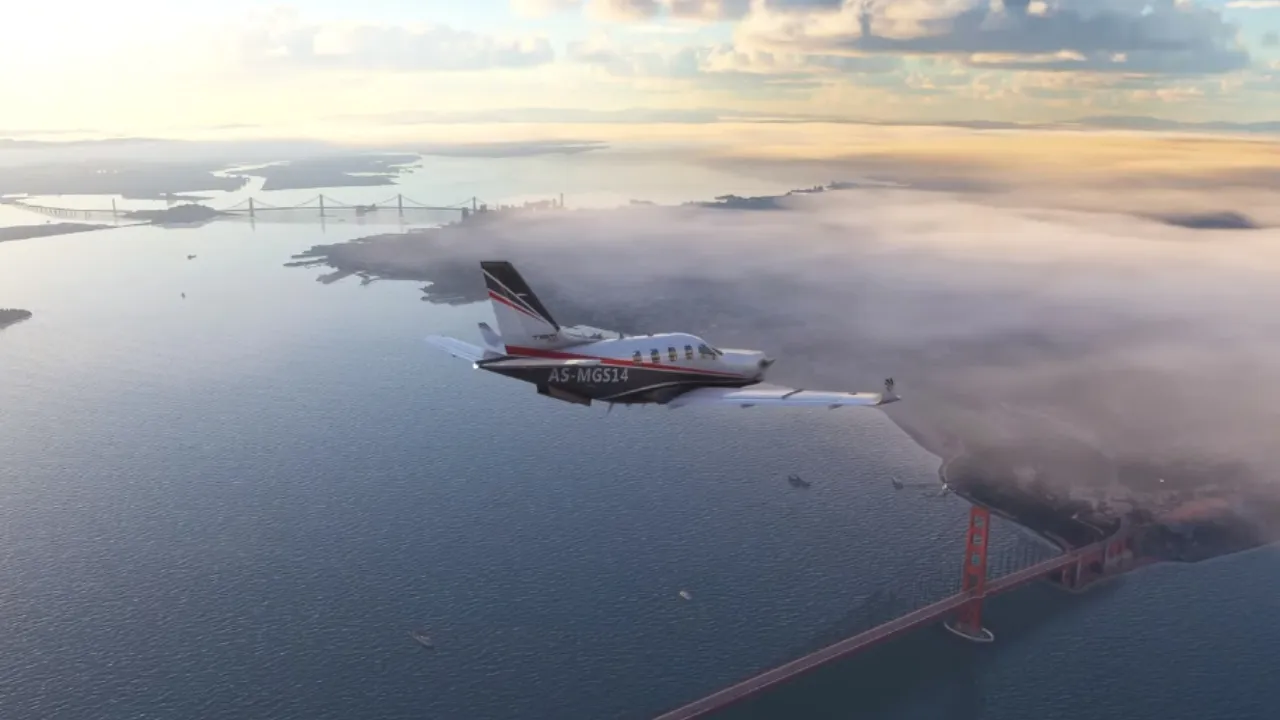
- The important thing is the sensations.
Even so, when you are with a Boeing 787-10 Dreamliner in the middle of a sea of clouds and suddenly something starts to whistle, and when you put the camera in the cabin you discover that the windows are covered with a layer of ice, and that the engines are practically frozen, and you overwhelm yourself pressing buttons, levers and menus to do something that avoids disaster, you do not care about eventual performance failures, or loading times, or abundant micropayments. You're so into the simulation that you don't even appreciate the drop in frames that occurred when you were hurtling into the sea. And when it's all over, for better or for worse (in our experience, it was the second option), you just snort to release some of the tension you have accumulated, before preparing for another flight.
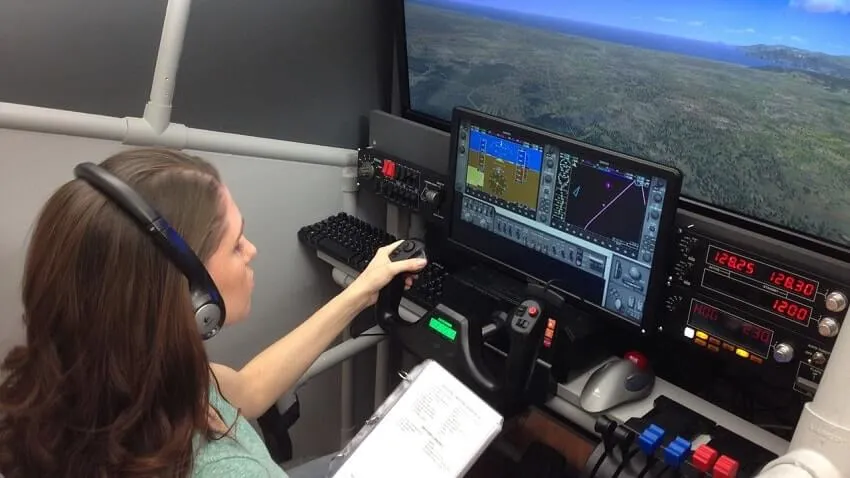
In the game we can change the weather, time of day and time on the fly, or play with the weather situation in real time. Likewise, we can choose to play alone, with our friends or with everyone.
Microsoft Flight Simulator is going to stay installed on our computer (despite its size) for a long time. Probably in a couple of weeks we will no longer enter constantly, but this is a title in which there is much to learn with what it already includes, which invites you to eventually return to relax on a light journey, and that will not stop improving, polished and updated with free and paid content for many years. It depends a lot on the type of player you are that your satisfaction with the game is like ours (obviously, this is not a game with fast and intense experiences), but we believe that taking to the skies in this simulator should be experienced by all fans of the videogames. And if you can do it with a joystick, all the better.
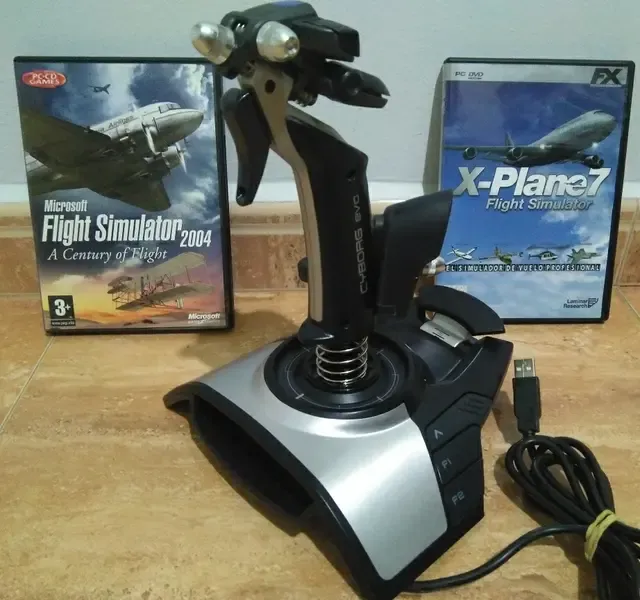
Asobo Studio's flight simulator is one of the most amazing experiences we've had with a video game. By making intelligent use of existing technologies and data, Microsoft Flight Simulator allows us to become pilots with a practically infinite playing space: our entire world, with its large cities, its small towns, its deep valleys and its huge seas. Getting started is simple thanks to its assistance options, and little by little we will learn the ins and outs of aviation and also the differences between a jet and one of the huge devices used by passenger airlines. It's not perfect, of course: there are performance glitches, exasperating loading times, an illogical lack of certain options, and an obvious absence of tutorials that will force us to tinker or surf the internet to learn. But despite all this, this cutting-edge technology in the form of a video game is always capable of leaving us speechless, incredulous with what we see on the screen. It is something that every gamer should experience.
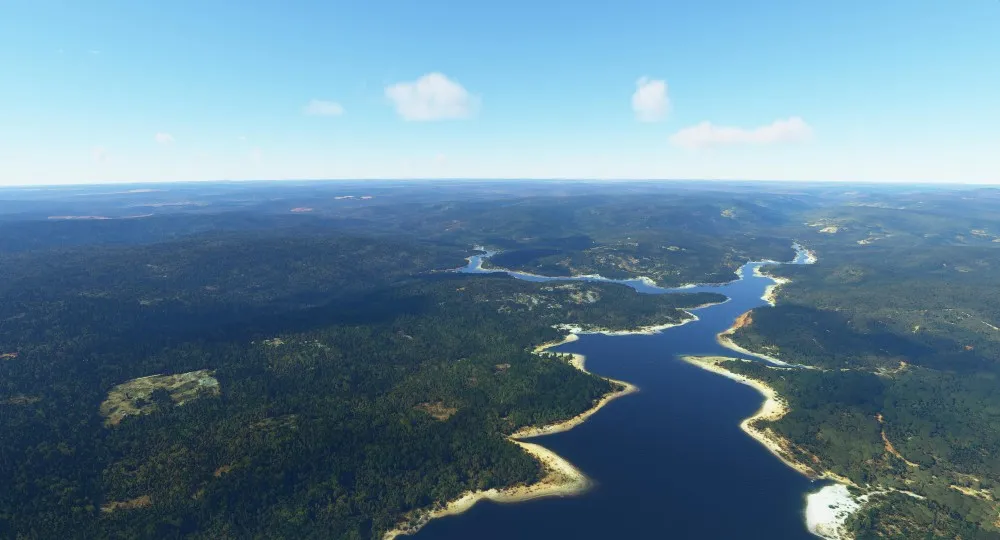
If you liked it, don't forget to upvote and comment! Do you want to continue seeing more video game post follow me, I'm always up to date with what's new and some retro! stay tuned!

🎮 LoL/LoR/TFT user: CorreoInfernal